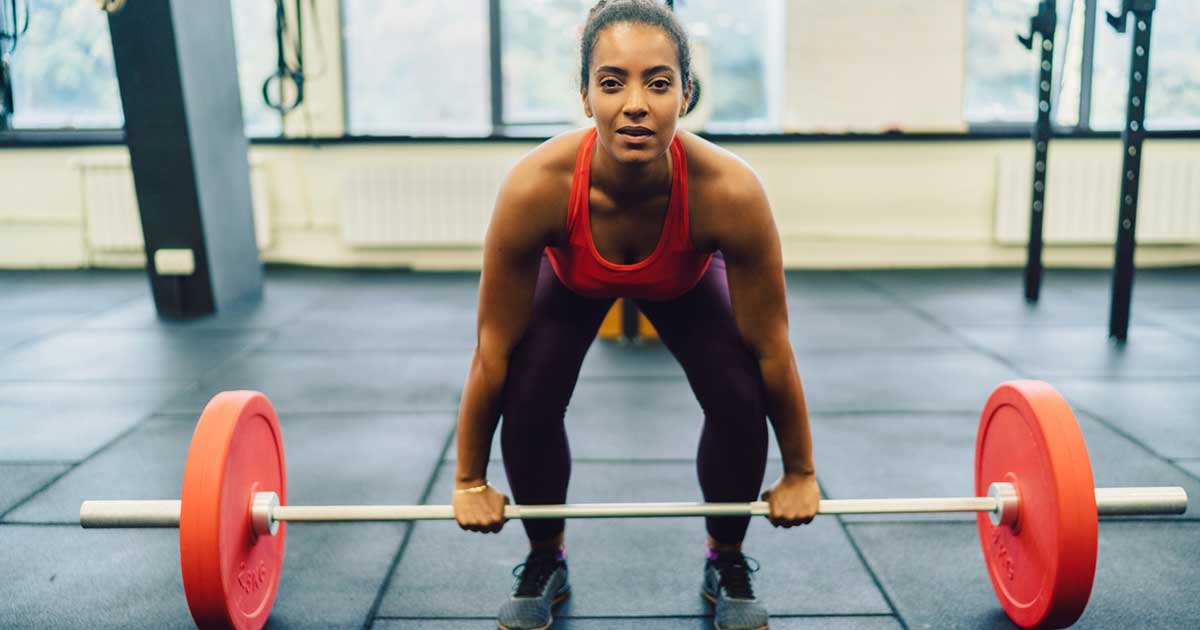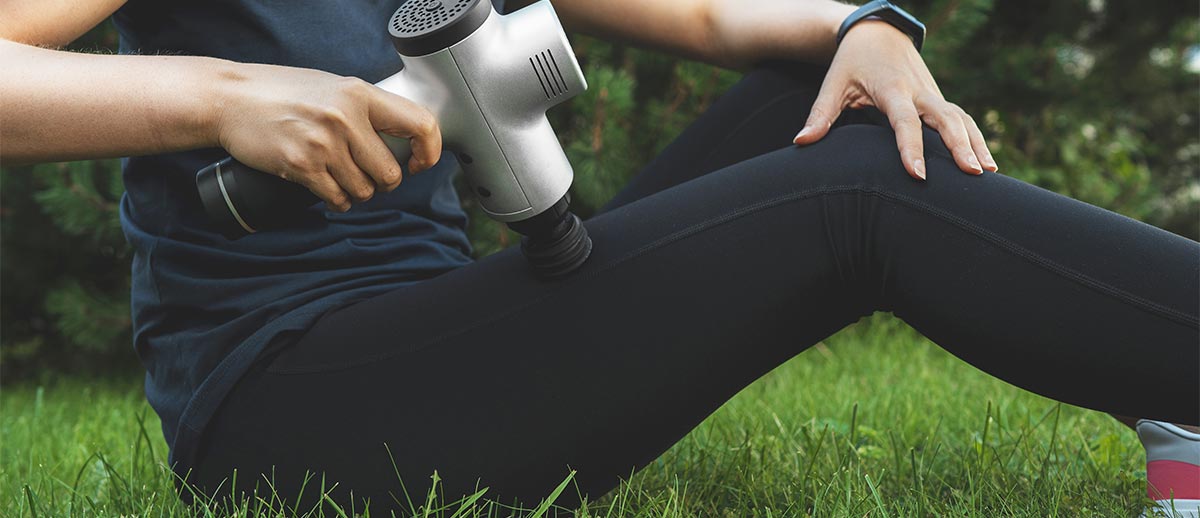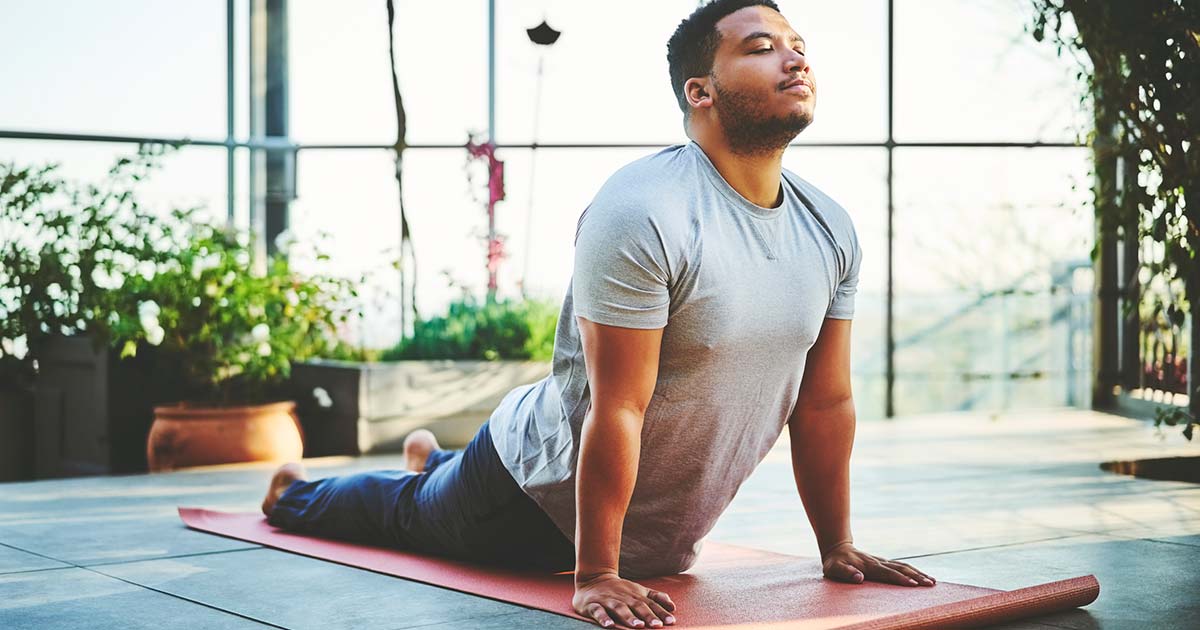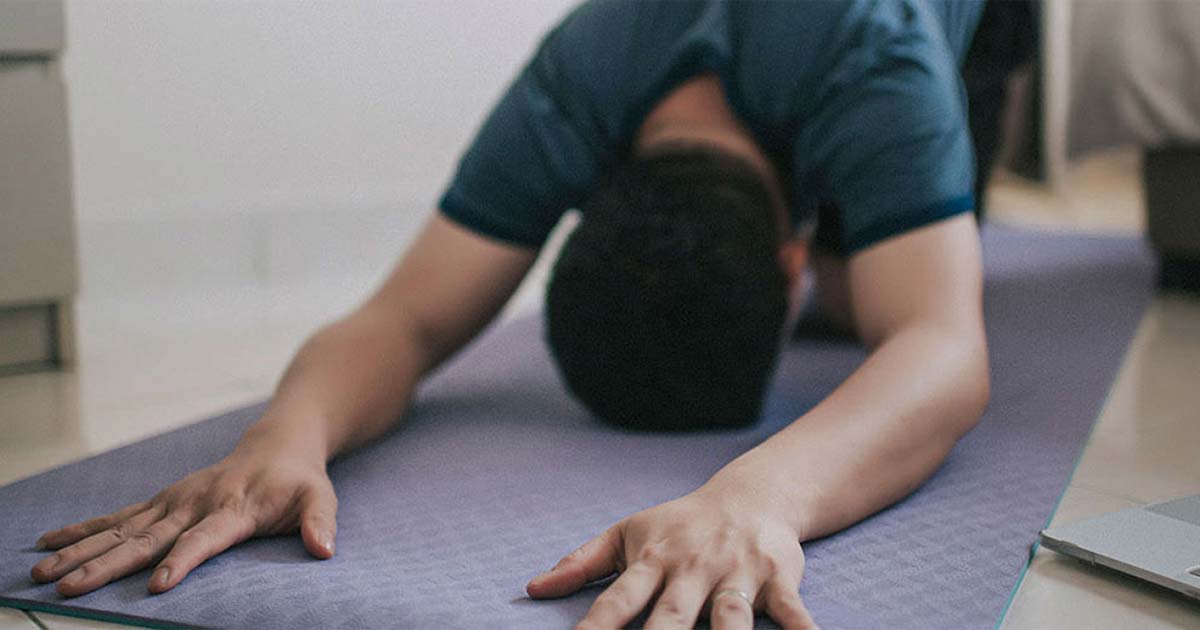
Advice to improve your movement, fitness, and overall health from the #1 in orthopedics in the U.S.
What You Should Know about Using a Massage Gun
Are they safe? Do they work? Rehabilitation expert Ioonna Felix breaks down the buzz.
Advice to improve your movement, fitness, and overall health from the #1 in orthopedics in the U.S.

Enter personal massage guns. While massagers of old would vibrate in a general area, these newer, more powerful handheld machines (also called percussion massagers) deliver pulsing, rapid bursts of pressure deep into the muscle fibers. Many also have adjustable attachments that can be applied to different-size muscle groups.
But can a handheld tool replace the know-how of a trained practitioner? Ioonna Félix PT, DPT, OCS, SCS, CTPS, site manager at the HSS Westside Sports Institute Rehabilitation and Performance Center, breaks down the buzz. (Side note: It’s a good idea to speak to your doctor before incorporating a personal massage device into your regular recovery routine, particularly if you have any preexisting conditions like osteoporosis or diabetes or are on any medications.)
How They Work
Massage guns work in several ways. They can release tight and tense myofascia, the connective tissue that surrounds muscles and bones. By stimulating sensory cells on the skin, the device interrupts the contraction of nearby muscles and, thus, relaxes them, explains Félix. Stimulating the cells can also override the sensation of pain – sort of like when you rub your toe after smacking it into a table leg. “It can help lessen the pain signal going to the area,” she adds. Finally, when a muscle becomes tight and sore, blood flow to the area slows. A massage device can help increase that oxygen-rich blood flow, helping the muscle to heal.
When to Use
They’re beneficial for some purposes, says Félix. If you’re feeling tight from sitting too much, or if you’re stressed and achy and just need a little loosening up, a handheld device can help to relax and soothe your muscles. Start with, say, your calf and give it a light 10- to 15-second pass with the device. Be careful about how long you keep it on the area. Too long and you could overwork the muscle, irritate it, and possibly cause bruising. Do three to five sweeps in that one area, then look for another area of tightness.
Félix also likes the device as a cool down after a hard workout. “If you’ve just done a heart-strengthening, or a plyometric, session for example, where you’ve intensely used your whole body, the massage device is a nice way to assist in recovery and not allow the muscles to tighten up,” she says.
A massage gun can also help to work out knots in one particular area pre-workout. “After an active warmup on the bike, for instance, you can run the device over any area that still feels tight for 10 seconds or so, two to three times, to give it a little extra attention,” she says.
When Not to Use
Other purposes, not so much. Félix advises to tread carefully when it comes to strains and sprains. “If you’ve just hurt yourself and have a significant amount of pain or swelling, you should not be using a massage gun,” she says.
If your skin gets red or irritated while massaging, stop. Let pain be your guide and back off if it hurts or is uncomfortable in any way. You may be pressing too hard or for too long. Also, be careful never to use the device directly on bones, nerves, or joints, as these devices are meant only for the muscles.
Features
There are dozens of options, from the most basic to the Rolls Royce of massagers. Look for an option that best suits you. “You don't necessarily need the top-of-the-line, fanciest model, and you don't need to spend hundreds of dollars if you don't have it,” Félix says. Prices start at about $100 and go up from there. Some things to look for:
- Portability. If you plan to take it to the gym or the park, you’ll want one that’s compact and light enough to fit comfortably in your bag.
- Noise. If you’ll use it in public, get one that works quietly.
- Multiple speeds. At least two speeds is helpful. “As your muscles become more flexible and pliable, you may want to be a bit more aggressive with the speed to give it an even deeper massage,” says Félix.
Remember, a massage gun is only one tool in your arsenal. “The best way to tackle myofascial tightness is through the full spectrum,” Félix stresses. That includes stretching, massage therapy, foam rolling and, if you want, a massage gun. “It’s not one in lieu of the other.” And, she adds, there’s no real comparison between a licensed professional massage therapist with years of specialized training and a machine. A massage therapist will be able to go to a much deeper level more safely than any device.
Published 2/15/2021


